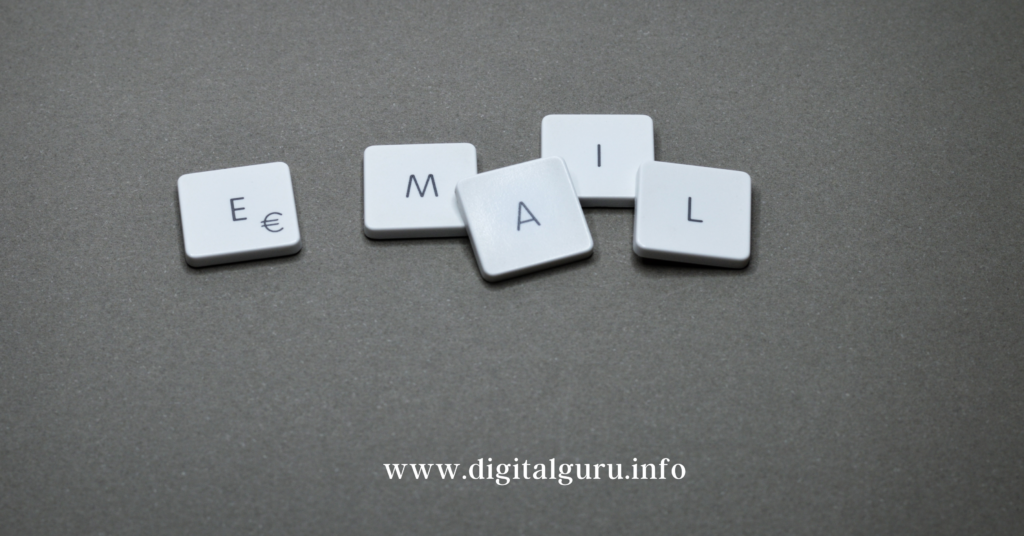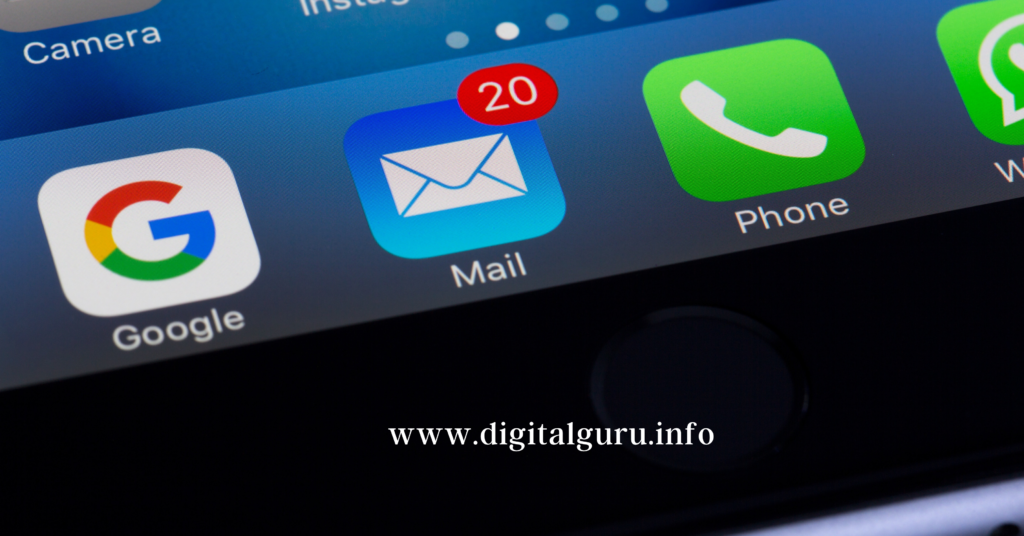Top 10 Effective Writing Emails Tips In 2023.
If you’re in the business world, then you know that email is one of the most effective ways to communicate with your clients and colleagues. In fact, according to a study from HubSpot Research Institute (HubSpot), what about writing emails? 6 Of the 56% of salespeople who report increased productivity after sending emails more frequently, less than half say their communications are clear and well organized.
Establish a Clear Subject Line for writing emails
When writing an email, the subject line is the first thing that many people see. It’s also what they expect from you—and so it should be clear and descriptive.
- Don’t use a generic title like “Help” or “Formula.” Instead, try something like “The Importance of Being Clear in Your Subject Line.”
- Keep it short but informative (no more than 50 characters). If someone has to scroll down before they find out what this email is about, their interest will probably flag before reading any further. The shorter the better!
- Put your most important information at the top of your message—not necessarily right after sending it—so that recipients know exactly why they’re opening up this particular message instead of one from someone else! This can help prevent confusion once we hit send on our emails.”
An email is often a tool for communication between colleagues, customers, and clients. The subject line should be written in the same language as the rest of the email (not just English) so that everyone can understand it. In this way, you’ll avoid any confusion about what your message is about or why they’re receiving it at all.
Keep it as Short as Possible for writing emails
One of the best ways to write an email is to keep it as short as possible. The average length of a typical email is between 180 and 300 words, so you should always try to keep that in mind when you’re writing your next message.
If you have more than one paragraph, try breaking them up into smaller sub-sections and having each section begin with a different salutation (e.g., “Dear [first name]”).
This will help your reader stay focused on what they need from you by making their path through the email more linear and easier for them to follow along!
Recognize yourself clearly for writing emails

Assuming you called somebody outside your nearest circle, somebody who presumably wouldn’t perceive your voice,
you would most likely express something like “Hi, Ms. Wordsworth, this is Sally Griffin.”
A formal “Dear Ms. Wordsworth” welcome isn’t a lack of routine work environment correspondence.
At the point when we send instant messages to our companions,
We anticipate a ton of this way and that. However, experts who use email loathe receiving a secretive message from an email address they don’t perceive.
Get to the Point.
When you’re writing an email, make sure that you don’t waste time on niceties or unnecessary words.
The goal is to get your point across quickly and clearly, so keep your sentences short and simple. You should also avoid using long phrases or sentences that are too wordy. (for example: “I’m afraid I cannot attend this event.”).
If a sentence is to complicate or formal for the context of your message. It may not be appropriate for recipients’ reading levels—and this could hurt how well they understand what you’re saying.
Avoid Using Exclamation Points and Emoticons for writing emails
You may be tempted to use exclamation points and emoticons in your emails, but don’t do it.
While these little additions can add some emotion and personality, they are unnecessary for business messages. Emoticons are often seen as being childish, unprofessional, or even rude by some recipients.
Exclamation points also convey a lack of professionalism because they’re usually used when someone is excited about something or trying to get attention from their audience—not exactly what you want when you’re trying to build trust with your customers!
Emoticons could be taken as being snarky or sarcastic if you don’t know how to use them correctly; ho, ever there is no need for these types of reactions when sending out emails because most people will expect such reactions from someone writing an e-mail message (and most likely won’t understand why).
Write in Active Voice for writing emails
Active Voice is more direct and action-oriented. It’s easier to understand, which makes it more powerful.
For example, in the following sentence, “I would like to reserve a table at XYZ restaurant on Thursday night for four people who can arrive at 6:00 pm” (active voice), the reader knows immediately what you mean by “reserve” and how you want them to act.
Writing in the active voice means using verbs that describe what someone does or says rather than using passive language such as “was reserved” or “were reserved.”
Use Business Writing Format.

Use a professional email signature
Use a professional email address for your business, and then use the same one for your personal life as well.
This is important because you want to be able to easily identify who you are when communicating with people in different contexts (i.e., not just friends or family). For example, MyName@gmail.com or MyCompany@kirbylabsincorporated.com would be a good option here;
however, if you’re using Gmail (which I often do). Then I suggest changing up your settings so that all emails sent out through that account have different names attached!
You can do this by clicking on “settings” at the top right corner of any page within Gmail and selecting “change message font” under the ‘Personalization settings’ section before continuing on other steps below…
Proofread and Edit Your Email.
Here are some things to look out for:
- Spelling and grammar – Check the spelling in the subject, body, and signature areas of your email.
- Be sure that you use spellcheckers on both computers and mobile devices; sometimes they don’t catch everything!
- Clarity – Look for unclear wording such as “my friend” instead of “your friend”
- . Also, make sure you are using proper grammar such as saying “I have sent this message” rather than “this message has been sent.”
- Tone – Are there any jokes or sarcasm in your tone?
- You want people to take this seriously because if they don’t, then it won’t work as well as it could have done if it was written with humor added into it.”
Practice Good List Etiquette for writing emails
While it’s not necessarily the most important tip of all, it’s still worth mentioning. While you’re practicing your email writing skills, don’t forget about good list etiquette.
- Don’t use all caps and exclamation points in an email signature! You want to make sure that any recipients who receive your message can easily read what you wrote without having to strain their eyes or hearts out. When sending an email, try not to emphasize by typing them in bold or italics;
- instead, let those actions speak for themselves by using appropriate punctuation marks like periods and commas (or at least something close).
- If there is any other important information included within the body of your text—such as links or attachments—don’t forget about using appropriate spacing between paragraphs as well!
- This will help keep things organized and readable across multiple platforms such as laptops/desktops/tablets/etc…
Assume Your Emails Will Be Printed, Read Aloud, and Possibly Shared.

If you’re going to write an email, you should assume your message will be printed and read aloud by other people.
It’s not just that they’ll be reading it as they would a document or report. It’s also that they might want to share it with others who don’t have access to the internet. In this case, consider how much information you want them to know before sending off your message in full:
- What do I need my reader(s) to know?
- How do I want them to feel after reading my writing?
Conclusion
Email can be a powerful tool for communication, but it’s not easy to use. Just as with any type of writing, your message has to be clear and concise. The best way to ensure that you get that message out effectively is to practice good list etiquette and proofread your emails before hitting send.













Leave a Reply